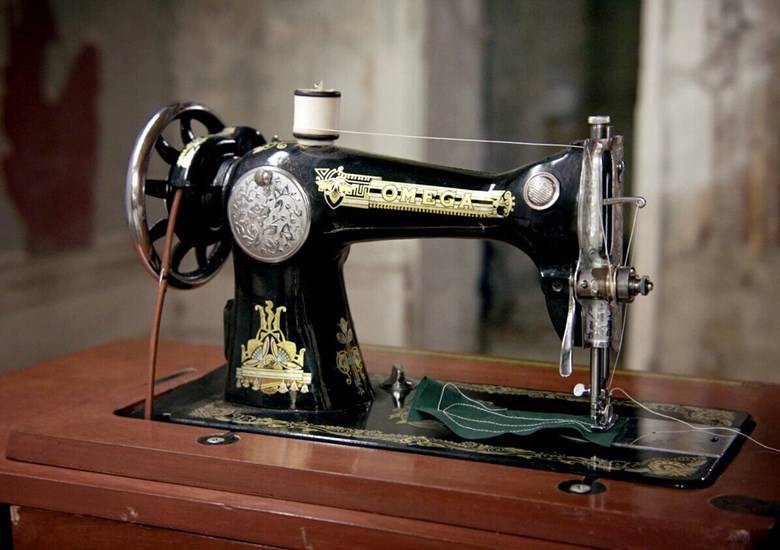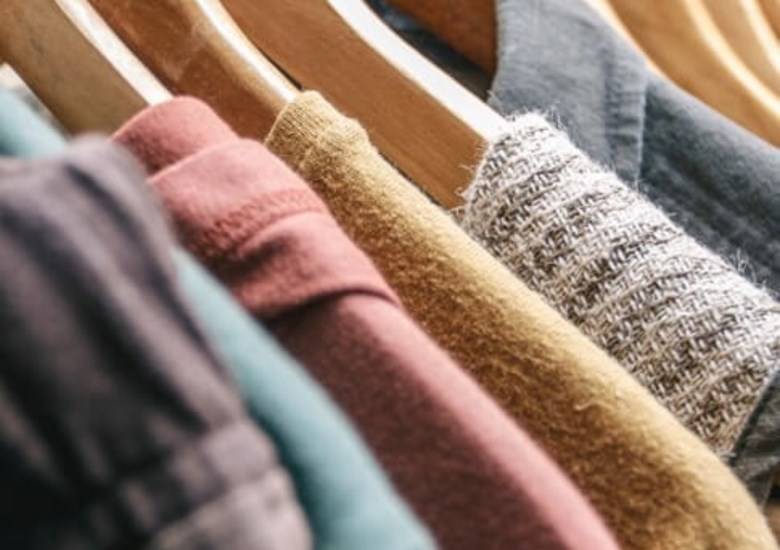Patching, Repairing and more – Re-wearing hacks for old clothes


The fashion industry today churns out a variety of new trends for every season. Essentially, online retailers and high street shops offer the latest looks made from lower-grade materials in their rush to get garments to customers. However, these lower quality goods inevitably end up in landfill, contributing to air pollution on a huge scale. In fact, the clothing and textile industry produces around 1.7 billion tonnes of CO2 a year.
By spending a little more on better quality clothes that we can wear for years (or decades, if we take care of them!), we can help make a huge difference to the environment. Read our tips on making more conscious choices around eco-friendly fashion and where you shop.
Buy less clothes
One way to make a big impact is by simply buying less clothing. Instead, invest in well-made garments and take proper care of them so they last for years. Purchase items that can be mixed and matched so you can create new outfits and styles with the same pieces. Also, make sure to mend them quickly if they have a small rip, or use Vanish Laundry Booster to get rid of stubborn stains brighten dulled colours and remove odour.
Shop second hand
Before hitting the high street for new clothes, consider buying preowned items from second hand fashion websites, thrift stores or charity shops. This is called ‘green fashion’ and it can be just as stylish as buying new.
Shop locally
Regularly shopping at local clothes stores is a great way to support the concept of eco sustainable fashion. Since you won’t be travelling as far, you’ll be your reducing carbon emissions. Plus, you’ll be supporting your local community and economy. Win-win!
Avoid synthetic materials
Turns out, a lot of the synthetic fabrics we wear – including nylon and polyester – are developed from oil, which contributes to greenhouse gasses.[1] Instead, make a more environmentally friendly fashion choice by opting for fabrics like linen, hemp and wool – all of which just as stylish but more responsible for the planet.
Do your research
Knowledge is power, and understanding where your clothes come can help you make greener decisions. Sustainability is becoming an important factor at the checkout and, in turn, a lot of brands are becoming more transparent with their environmental and social policies. Many brands are developing partnerships with sustainability initiatives and ensuring their materials are responsibly sourced so look out for those that are driving change.
Thanks to information at your fingertips, finding out what your favourite garments are made out of and where they come from has never been easier. Knowing the history of your items can help you make informed decisions about your next purchase.


